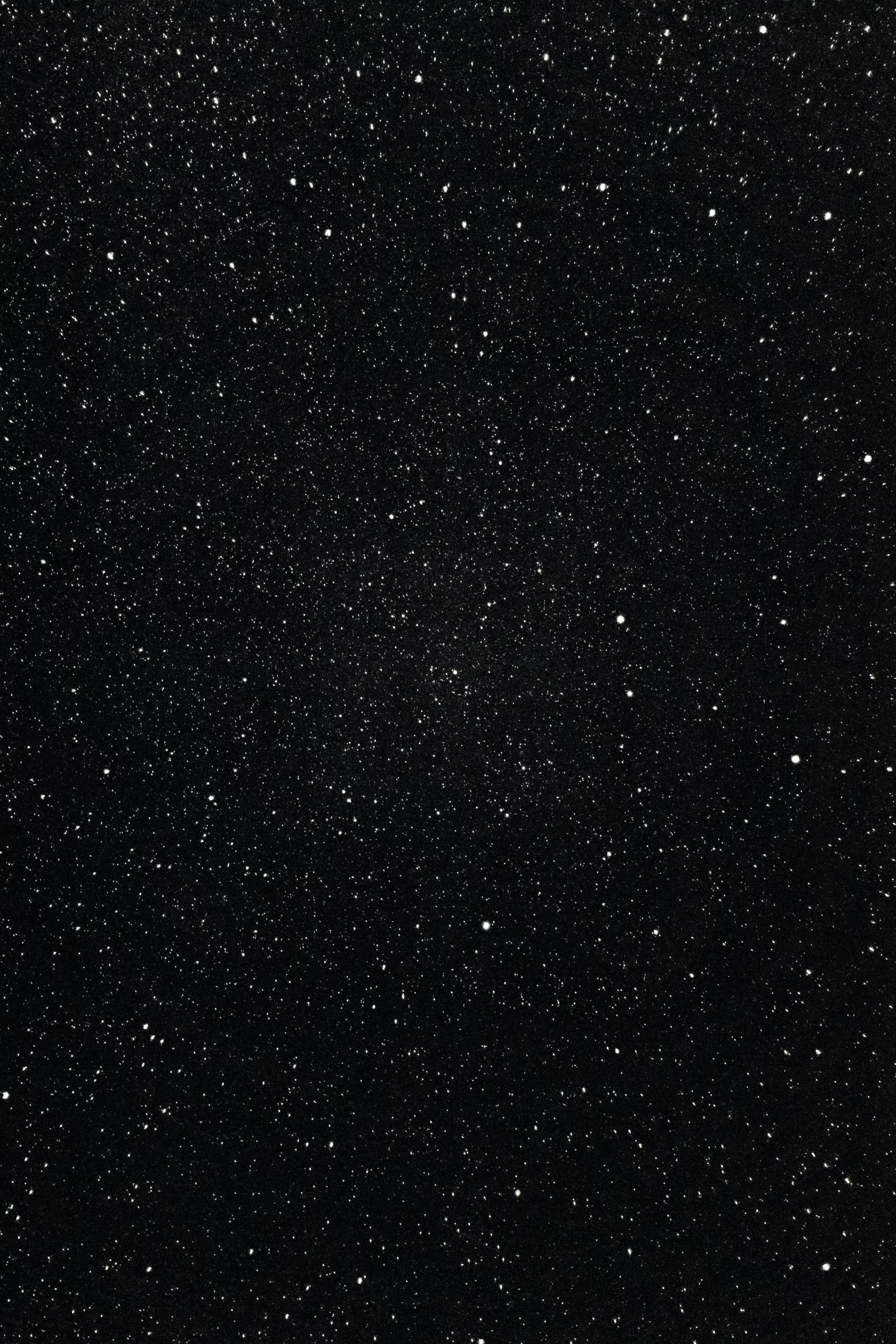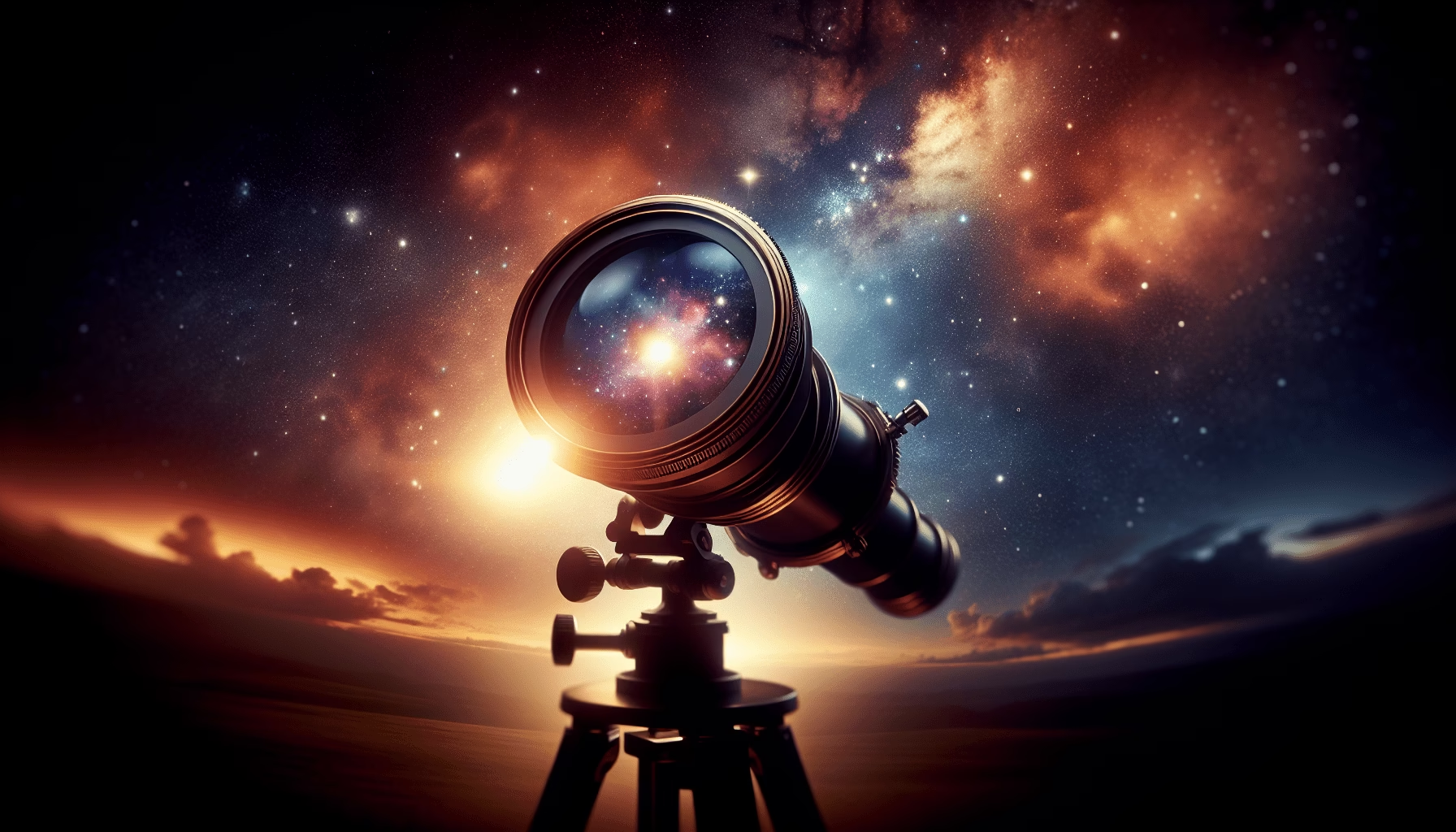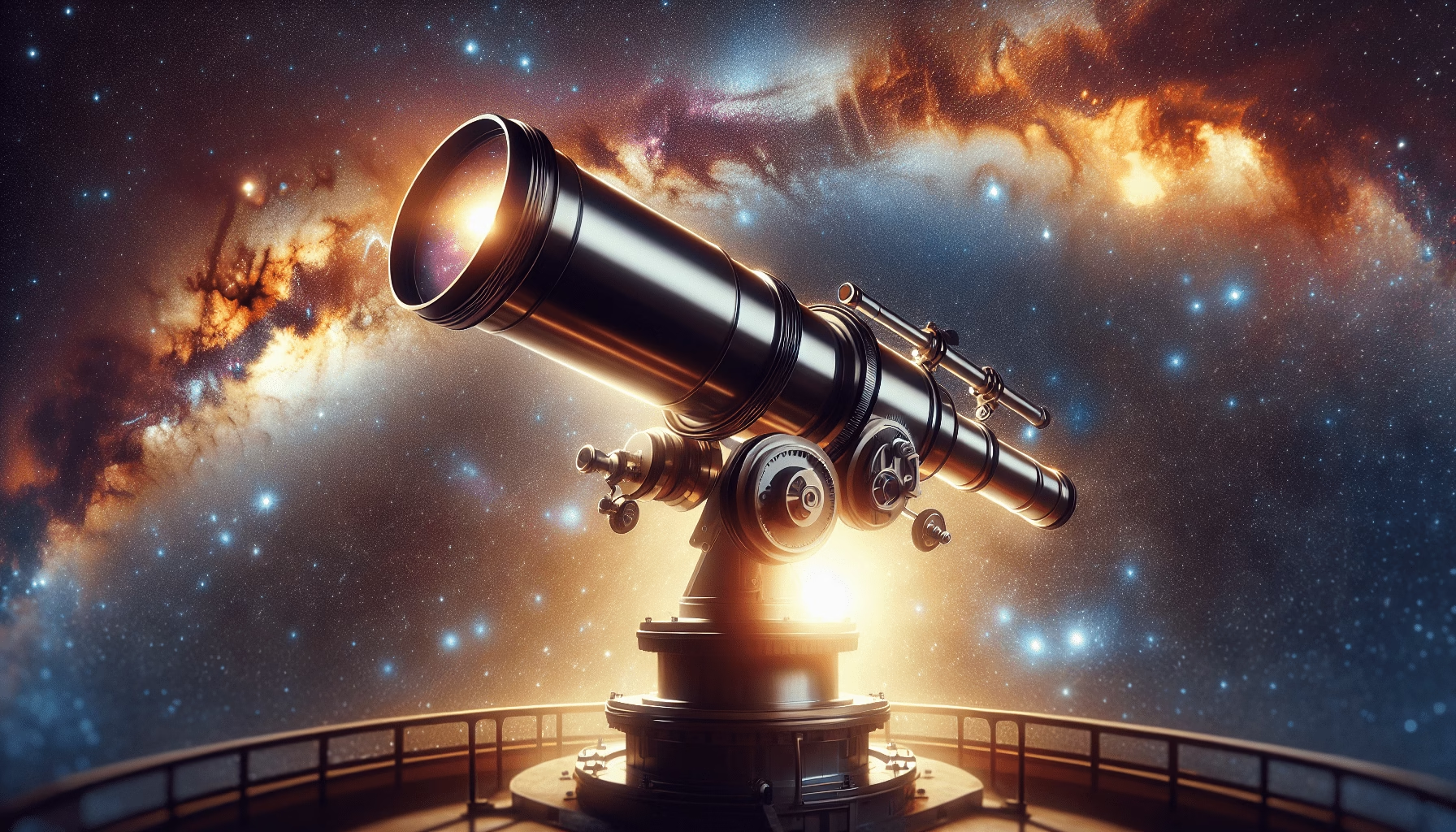What makes a telescope a powerful tool for observing the universe? At the heart of this question lies a concept that is critical to astronomy: light gathering. This fundamental attribute allows telescopes to capture the faintest glimmers from stars, galaxies, and other celestial objects located across the vast expanse of the universe. In an era when technology continues to evolve, understanding the intricacies of how different telescopes gather light is of paramount importance to both enthusiasts and professionals in the field. This comprehensive guide will explore the historical development, key concepts, technical comparisons, and future trends in light gathering across various types of telescopes.

Table of Contents
Historical Context of Telescopic Light Gathering
The Birth of Telescopic Observation
The journey of telescopic light gathering began in the early 17th century with the invention of the telescope by Dutch optician Hans Lippershey. This device, though primitive by today’s standards, laid the foundation for the optical innovations that followed. Galileo’s use of the telescope fundamentally changed astronomical observation, enabling a new understanding of the heavens through the clearer sight afforded by his enhanced light-gathering apparatus.
Progression Through Centuries
As time progressed, significant improvements were made, particularly in the 18th and 19th centuries. The refractor telescopes used by astronomical giants like Johannes Kepler and Tycho Brahe evolved into more sophisticated designs capable of gathering greater amounts of light. With the advent of the reflecting telescope, first championed by Isaac Newton, a new era was defined that focused on larger mirrors rather than glass lenses to capture and direct light. This concept continues to be at the core of modern telescopic design.
Key Concepts in Light Gathering
Understanding Light-Gathering Power
The fundamental aspect of any telescope’s capacity to enhance observational detail is its aperture—the diameter of its primary lens or mirror. A larger aperture means a telescope is capable of gathering more light, which translates into a better view of faint and distant celestial bodies. The formula for light-gathering power is simple yet powerful: it’s proportional to the square of the aperture’s diameter.
Aperture vs. Magnification: A Common Misconception
The inclination to equate a telescope’s power with its magnification leads to common misconceptions. While magnification is certainly a feature, it is the light-gathering ability that significantly determines the quality of the view. High magnification without sufficient light often results in a dim and indistinct image, underlining the need for balance in telescope design.
Effects of Atmospheric Conditions
Atmospheric conditions also play a crucial role in light gathering. Factors such as light pollution, weather, and atmospheric turbulence can impede a telescope’s effectiveness. This is why observatories are frequently located in remote, high-altitude regions, where air is clearer and darker skies prevail, allowing for optimal light capture.

Technical Comparisons: Types of Telescopes
Refractive Telescopes
Refractors utilize lenses to bend (or refract) light into focus, creating images. These telescopes are typically renowned for their clarity and high-contrast views, making them popular for planetary observation. However, they tend to have restrictions in size due to lens weight and chromatic aberration, where different colors focus at slightly different distances.
Reflective Telescopes
Reflective telescopes, or reflectors, use mirrors to gather and reflect light towards a focal point. This design allows for larger apertures and thus more significant light gathering than refractors. Reflectors are ideal for deep-sky observation, offering views of distant galaxies and nebulas. The downside often includes issues like coma and the obstruction of the primary mirror by secondary mirrors.
Catadioptric Telescopes
Bridging the gap between refractors and reflectors, catadioptric telescopes use both lenses and mirrors. This hybrid system offers a compact design with reduced aberrations. Popular models include the Schmidt-Cassegrain and Maksutov-Cassegrain telescopes, which provide versatility and portability, appealing to both amateurs and professionals.
Comparison Table
| Telescope Type | Light Gathering | Best For | Limitations |
|---|---|---|---|
| Refractor | Moderate | Planetary observation | Size and chromatic aberration |
| Reflector | High | Deep-sky observation | Coma, obstructed mirror |
| Catadioptric | High | Versatility and portability | Complexity in design |
Visual Aids and Digital Enhancements
The Role of Imaging Sensors
Modern telescopes are increasingly integrated with CCD (Charge-Coupled Device) cameras and digital sensors, enabling enhanced data collection beyond the limits of the human eye. These technologies capture and process faint light signals, facilitating detailed astrophotography and data analysis.
Software for Image Processing
Advanced software now plays a crucial role in processing the data collected by telescopes. From stacking multiple exposures to adjusting levels and contrast, these programs allow astronomers to create clear, detailed images from faint celestial sources. Software like Adobe Photoshop and specialized tools like AstroPixelProcessor are invaluable to this process.

Case Studies and Practical Applications
The Impact of the Hubble Space Telescope
The Hubble Space Telescope stands as an iconic example of sophisticated light gathering. Operating beyond the Earth’s atmosphere, it avoids atmospheric distortions, capturing unparalleled images of distant galaxies and nebulae, markedly expanding our universe’s understanding.
Ground-Based Observations
Observatories like the Very Large Telescope in Chile exemplify ground-based telescopic capabilities. Despite atmospheric challenges, adaptive optics systems are employed to counteract distortion, allowing for precise, high-resolution observation.
Troubleshooting Light-Gathering Issues
Dealing with Light Pollution
Light pollution significantly diminishes a telescope’s effectiveness. Using light pollution filters can mitigate some effects, but the best strategy remains finding a location far from urban lights.
Maintenance and Calibration
Regular maintenance and calibration of optical components are vital to ensure maximum light-gathering efficiency. This includes cleaning lenses and mirrors, aligning optical paths, and verifying mount stability, which can affect focus and tracking.

Future Trends in Telescope Technology
Adaptive Optics and Artificial Intelligence
Future advancements in adaptive optics will continue to improve our ability to observe through Earth’s atmosphere. Additionally, AI algorithms are increasingly used to process and interpret complex data, enhancing observational capacity.
Space-Based Observatories
With missions like the James Webb Space Telescope on the horizon, the future of light-gathering technology pushes towards space-based platforms. These observatories promise to unlock new potential in infrared astronomy and beyond.
Conclusion and Reader Engagement
Understanding light gathering across different telescopes greatly influences the quality of celestial observation. By comprehending the historical legacy, technological nuances, key comparisons, and future directions, both amateur and seasoned astronomers can make informed choices regarding telescope selection. Readers are encouraged to share their telescope experiences or inquiries, and explore further resources for deeper insights into optimizing their stargazing adventures.

Additional Resources and Recommendations
For those interested in diving deeper into the world of telescopic observation, consider checking out related articles such as “Choosing the Right Telescope for Your Needs” and “A Beginner’s Guide to Astrophotography.” These resources provide detailed guidance for enhancing your understanding and enjoyment of the night sky.
Hot✈️ Field Station Joshua Tree, Yucca Valley (CA), United States
